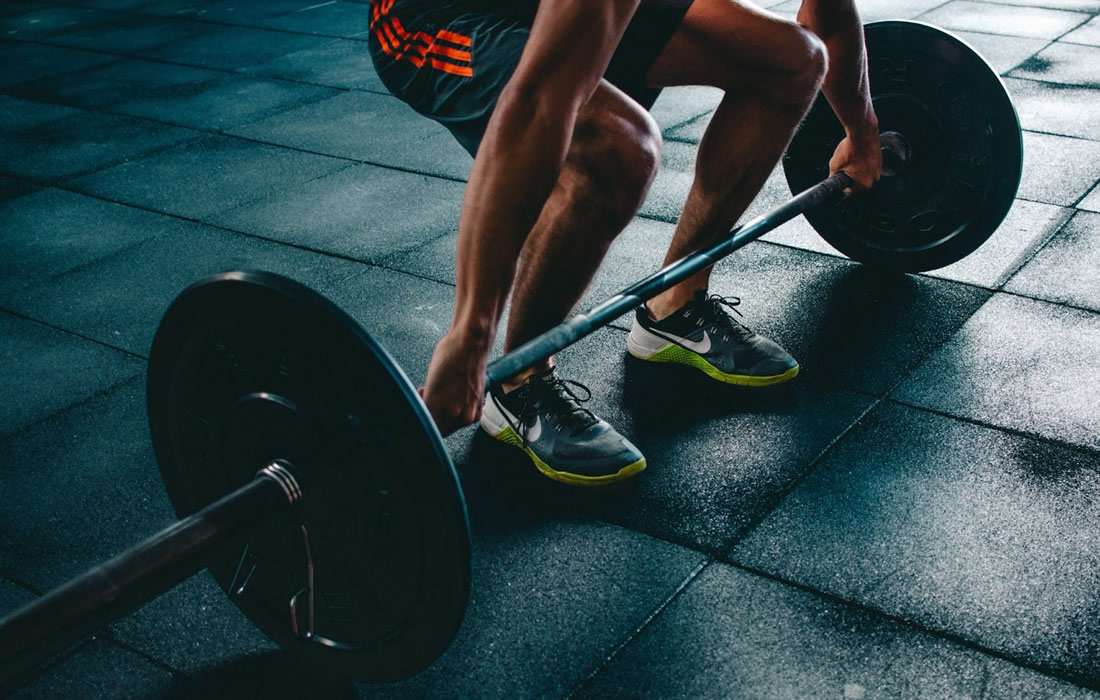Regenerative Medicine News and General Information
Understanding Rapid Tendon Regeneration in Newts May One Day Help Humans
A research group has uncovered how rapid tendon regeneration occurs in newts. In the future, their findings could help physicians to treat human athletes recovering from tendon injuries.
Tendon injuries are a serious obstacle for athletes, who currently require several months of treatment before they can return to competition.
However, animals such as newts can rebuild severed tendons in as little as 12 weeks, without leaving scar tissue.
To understand how they do this, a research group investigated newts as a model for tendon regeneration.
“Mammals, such as humans and even mice, have a very limited healing capacity for organs and tissues,” said Maeda.
“They repair damaged tissues with fibrous tissue (scar tissue) that differs from the original tissue. On the other hand, newts show an amazing capacity for regeneration of many types of tissues and organs without scar tissue formation. Therefore, findings from newt studies may show us how mammals can heal/regenerate tissues and perhaps even organs.”
The researchers investigated injured flexor tendons from the middle toe of the hind foot, a body part common to both newts and mice.
They found that six weeks after injury, the newts had developed new tissue resembling tendon tissue and at 12 weeks, the regenerated tissue showed strength comparable to that of a healthy tendon and was completely scar-free.
However, in mice, the healing tissue differed from the healthy tendon tissue.
Even at 12 weeks, its strength remained below that of the healthy tendon.
The researchers’ findings revealed that tendon-like collagenous tissue had bridged the tendon stumps in the newts.
This differed from the disorganized scar-like tissue that filled the injured area in the mice.
Since the number of cells are associated with cell growth, tracking them may be key to understanding the mechanism underlying regeneration of newt tendons.
“By focusing on relatively small-scale tissue damage regeneration, which can also occur in humans, we not only clarified the differences in healing and regeneration capabilities between newts and mammals, but also differences in the mechanisms of healing and regeneration.”
Maeda and his colleagues hope that their research will help reveal the mechanisms leading to full functional recovery of human tendon injuries.
In the future, this knowledge may aid athletes, as well as other people suffering from tendon injuries, in recovering faster and returning to their previous lifestyle.
Sources:
Fumiya Sato, Yu Masuda, Daisuke Suzuki, Toshinori Hayashi, Tomohito Iwasaki, Jeonghyun Kim, Takeo Matsumoto, Eijiro Maeda. Biomechanical analysis of tendon regeneration capacity of Iberian ribbed newts following transection injury: Comparison to a mouse model. Journal of Orthopaedic Research, 2023; DOI: 10.1002/jor.25705
Nagoya University. “Understanding rapid tendon regeneration in newts may one day help human athletes.” ScienceDaily. ScienceDaily, 29 November 2023. <www.sciencedaily.com/releases/2023/11/231129003809.htm>.
Materials provided by Nagoya University. Note: Content may be edited for style and length.
Images from:
Photo by Victor Freitas
https://www.pexels.com/photo/person-holding-barbell-841130/

